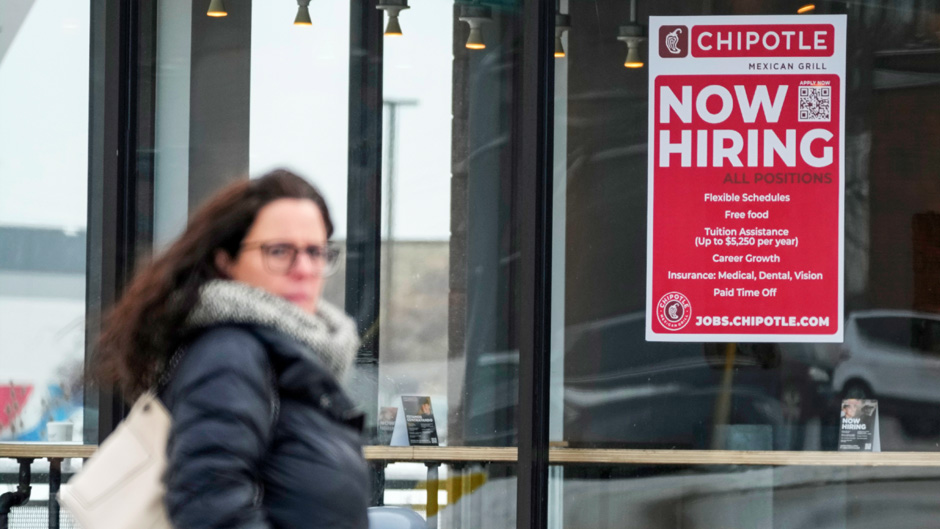Unemployment in January slipped to the lowest percentage since 1969 and the job market added 517,000 jobs for the month, extending a streak of 25 consecutive months of gains. The reports, which were released last week by the Bureau of Labor Statistics, astonished many analysts.
Yet David Andolfatto, professor and chair of the University of Miami Patti and Allan Herbert Business School’s Department of Economics, said the gains, while impressive, are essentially the byproduct of the economy reasserting itself from the calamitous pandemic period and not yet cause to celebrate that there’s no recession on the horizon.
Are these gains in the labor market related solely to continued recovery from the pandemic? What other factors are influencing this growth?
It’s important to not get carried away with the recent numbers, which were very good, of course. The broader perspective is that the labor market, say, as measured by the employment-to-population ratio, has largely recovered to its pre-pandemic levels. We cannot expect a recovered labor market to grow as rapidly as a labor market in its recovery phase. We should temper our expectations accordingly.
Do the labor market gains indicate a recession in the U.S. is less likely?
The U.S. Gross Domestic Product grew very rapidly coming out of the pandemic. Those growth rates were unsustainable, and it should have been no surprise to see growth slow in 2022. If growth remains low into 2023, then a recession is more likely even if the labor market is presently recovered. This is because any unforeseen event leading to economic contraction is more likely to manifest itself as negative GDP growth—the technical definition of recession—when the growth rate is low.
Unemployment for January registered at 3.4 percent, the lowest since May 1969. Is this a cause for celebration? Why or why not?
Well, I’m not sure whether breaking out the champagne bottle is appropriate, but we can certainly feel some relief that the stresses associated with an elevated unemployment rate are off the table for now.
Yet, zero unemployment is not necessarily the goal. What people do not generally realize is that there is a huge monthly flow of workers into and out of employment, unemployment, and non-participation. Much of this normal monthly churn is likely the byproduct of a vibrant, growing economy subject to disruptive technological changes.
If we view the labor market as sort of a marriage market—where workers and firms must form good matches—and if we view vacancies and unemployed workers as “single people in the marriage market,” would it be our goal to make sure everyone is married at all times? It could be done—we could have a massive shotgun wedding and get that single rate down to zero. But would it be socially desirable?
Federal Reserve officials say they are looking for the labor market to cool as they continue to try to tame inflation and slow the economy. How are these intentions related?
Thankfully, not all Federal Reserve officials view the state of the labor market as driving inflation. The idea that it is necessary to cool the labor market to bring inflation down is an antiquated idea. I and many others have been doing our best to dispel this notion, without much success. But happily, the data coming in over the past year lends support to our “soft landing” hypothesis.

